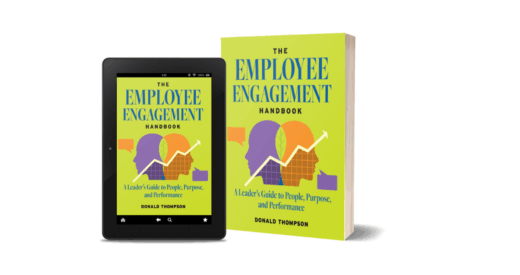This article first appeared on WRAL TechWire.
It has been more than two months since George Floyd’s death and that pivotal night when people of all races, backgrounds and ages began protesting the racial injustice that exists across our nation. In the weeks that followed, many businesses I know released definitive statements in support of the Black community and racial equity.
Some of those businesses have since done more than speak, especially those with exceptional resources and existing networks for brand activism. The majority, however, are sitting at a crossroads. They are inspired to change but don’t know how to turn their statements into actionable strategies.
I view this problem much like personal goal-setting. You’ve named the place you want to go. Now, you need to break things down and build a step-by-step plan to get there. Otherwise, your statements of allyship and advocacy are at risk of seeming disingenuous and empty.
Most of the CEOs I know truly believe that Black Lives Matter. They want to be a part of the solution, but the problem feels too big to solve. When you’re fighting centuries of systemic racial inequality, where in the world do you start?
First, educate yourself.
Empower yourself with knowledge and work to expand empathy for another group’s challenges or issues. Seek out books, articles and documentaries and allow yourself to learn from them. In doing this, you will form a cultural baseline to then have more meaningful conversations around race that will provide you deeper insights.
Perform a diversity audit.
There’s an old Ghandi quote that’s now something of a mantra, but I still like it: If you want to change the world, start with yourself. How many people of color are on your team? How many in executive positions? How many on the board? Which specific departments and decision-making teams need more diversity? Use internal surveys and listening sessions to learn from your team. Remember that diversity must go hand-in-hand with equity and inclusion.
Encourage honest feedback from your team.
Although some employees may prefer to give anonymous feedback, most of these comments should come directly from your team. I’m a big believer in transparency and trust, because they allow us to have hard conversations with grace and empathy. However, if you know that only anonymity will allow your team to give their honest opinions, by all means look for anonymous feedback instead. Let them know you are listening and want to make big changes.
Reduce personal bias in hiring decisions.
Ideally, you will have a diverse and collaborative team in charge of recruitment, hiring and promotions. However, even if you only have one person in your HR department, simple changes to your hiring strategy can make a huge difference in attracting diverse candidates that are well qualified for your open roles. Review every job post for inclusive and gender neutral language, remove names, ages and potentially discriminating information from applicant resumes, and standardize your interview process. Our brains are wired for bias, which means we are sorting people into groups with no foundation in facts. Software like the Applied recruitment platform can help you avoid personal bias to create a more equitable hiring process.
Give time and money locally.
When you’re ready to make a difference in your community, ask your team which nonprofits and charitable organizations they would like to support. Start local. The most meaningful partnerships are ones that allow you to make a tangible and visible difference in the place where you live. Your local chapter of Black Lives Matter is a good place to start. If you’re in NC, I recommend the NC Black Alliance, Triangle SURJ and 100 Black Men of the Triangle East.
Pay your employees to volunteer.
If you haven’t heard of this, paid volunteering means that you grant a certain number of PTO days for employees to volunteer through approved charities and nonprofits. That can mean company-wide team building through volunteer days or an option for each employee to volunteer individually with their chosen organization or charity. Either way, it gets your team out of the office and into your community, working together for the greater good. In fact, it’s one of the simplest and most cost-effective ways that you can make a difference.
As the tide of emotion naturally wanes, we now face the critical and honest moments that will define this movement and the future of Black inclusion. I am inspired by my conversations with other CEOs and their determination not to let their passion and commitment trickle away. It’s time to turn our statements of support into actionable strategies for racial equity. If you’re wondering how to get started, begin with yourself and your local community.






